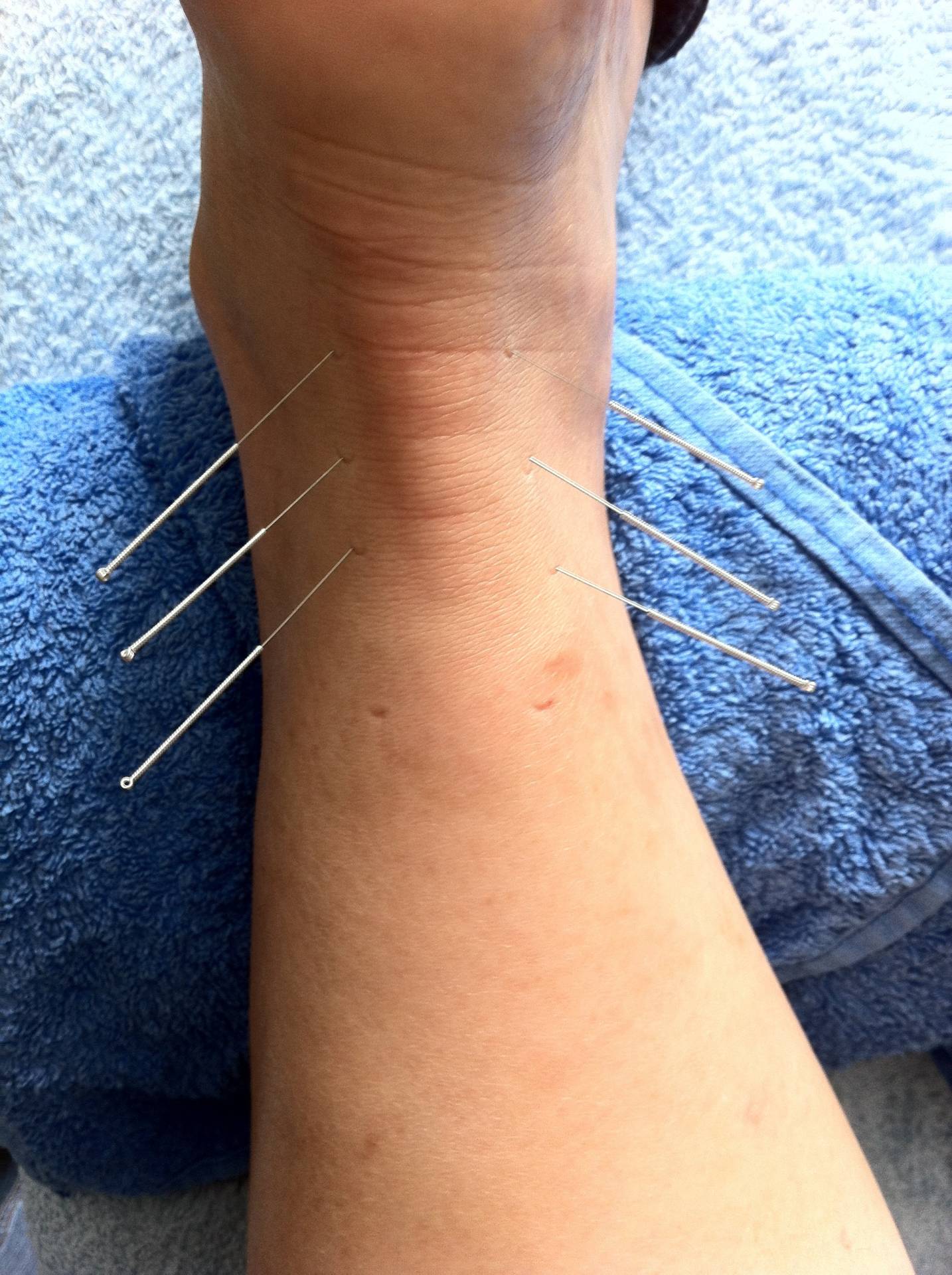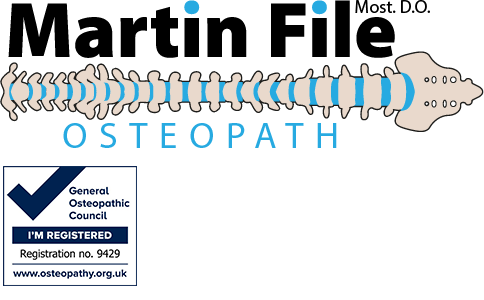Western Medical Acupuncture (“Dry Needling”)
Traditional Chinese Medicine and Acupuncture have been used successfully for thousands of years.
Western Medical Acupuncture is an adaptation of its Chinese Ancestor. Practitioners steer away from “qi” or energy balancing, and tend to incorporate it into evidence-based medicine. It is used by Practitioners to relieve pain, to treat myofascial trigger points, and musculoskeletal pain.
Practitioners tend to be Doctors, Osteopaths, and Physiotherapists who have undertaken further specific study and training to specialise in using needles. It is often referred as “Dry Needling” as nothing is injected into the body via the needle, nor can it be as they are a single, very thin filament.
Dry needling treats muscle tissue, and its goal is to reduce pain, and inactivate trigger points, and restore normal function in joints and muscles. It is particularly good in helping postural issues and impaired movement, which makes it particularly useful for treating elderly or very sensitive patients who may not tolerate more direct treatments quite so well.
So what is a “trigger point”? It is a tight band within a muscle fire that can alter function, refer pain, restrict the normal range of motion, and cause local pain and tenderness. When dry needling is applied to these areas, it can decrease tightness, increase blood flow, and reduce local and referred pain.
It is important to know that it is rarely a standalone treatment. Rather, it is used after a thorough physical examination and diagnosis and is often used in tandem with other modalities, as we do with Osteopathy.
In the majority of patients, particularly if they can’t see the needles being used, they are unaware of the needles being inserted or being removed. The sensation is nothing like having a medical injection, the needles just too thin to be more than a minor sensation.
I am always happy to discuss Dry Needling with patients, and demonstrate their use on myself, either to put people’s minds at rest, or to stop children who may be accompanying a parent being concerned that I might be hurting Mum/Dad.


